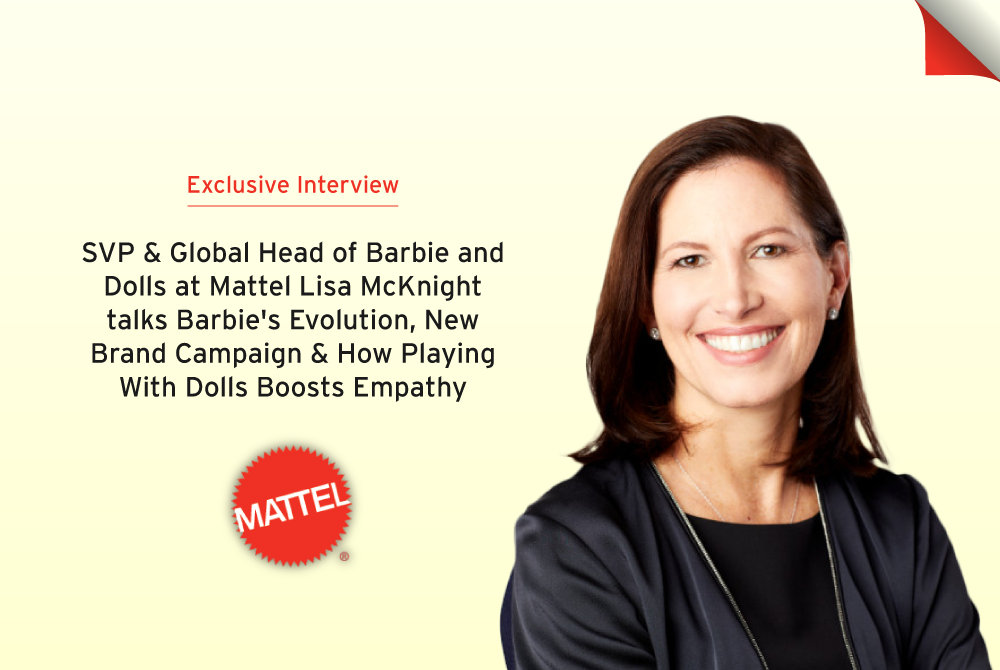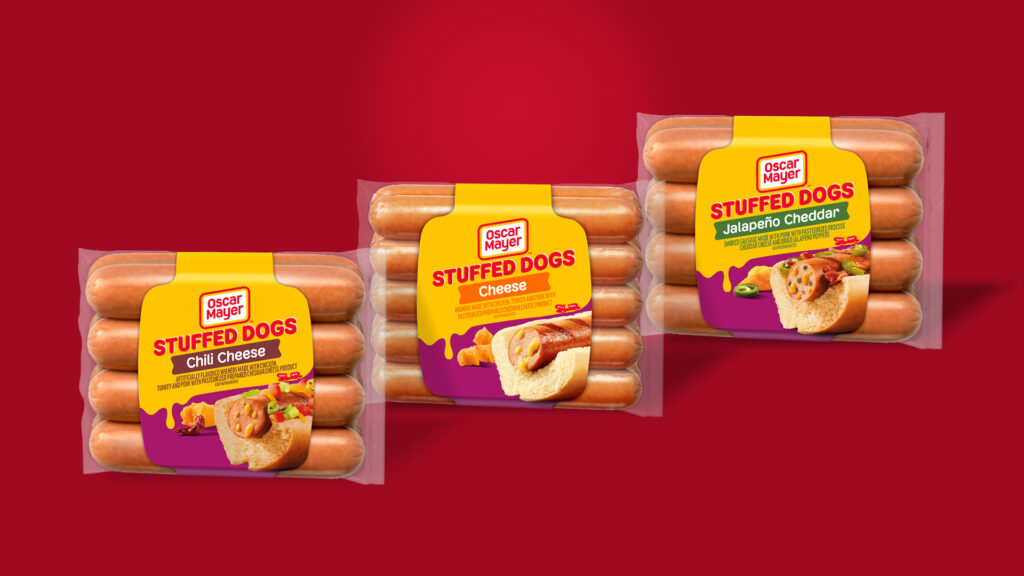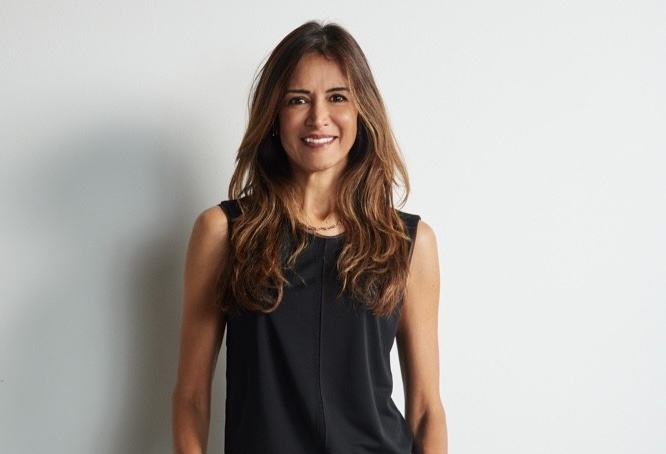As Senior Vice President and Global Head of Barbie and Dolls for Mattel, Lisa McKnight has been a key stakeholder in evolving the iconic Barbie brand into a diverse modern doll line, representative of the world that kids live in today.
Under her leadership, Barbie has updated her reputation as a strong female role model. The new branding is working. In 2020, Barbie recorded its highest growth in sales in more than two decades and was named No. 1 global toy property by NPD.
“We are very proud of the resilience of toys,” says McKnight. “Parents are always going to want to surprise, delight, and indulge their children with toys. These are products that create memories and emotional connections that stay with you for a lifetime.”
Focused on the brand pillars of purpose, empowerment, inclusivity, culture and role models, the Barbie brand has been working on several initiatives over the last few years such as expanding its collection to include more diverse body types and skin tones, and the launch the Barbie Dream Gap Project – a multi-year initiative aimed at leveling the playing field for every girl.
In 2019, McKnight expanded the Mattel doll portfolio with the launch of Creatable World, a gender-inclusive doll line that challenges traditional views around who can play with dolls, earning a nomination for “Doll of the Year” and named one of TIME Magazine’s 2019 Best Inventions.
Last month, the toy brand kicked off its first brand campaign in years, which plays up the importance of empathy.
“We’ve started to actually conduct studies to prove that there are developmental benefits to playing with toys,” explains McKnight. “Playing with dolls helps a child with self-expression. They help a child unlock empathy, be a better listener, role play, and all of these things can help them in the future when they are tackling problems and handling challenging situations. These skills, which you may not even know that you are learning, are real benefits. And we are excited to share these benefits in a more pronounced way with parents.”
Since she joined Mattel in 1998, McKnight has held numerous high-level leadership roles. Prior to overseeing all Mattel doll properties, Lisa served as the Senior Vice President of Marketing for North America, overseeing consumer marketing, media, social and e-commerce for a multiple category portfolio of owned and licensed brands, brands including Barbie, Hot Wheels and Fisher-Price.
McKnight will be speaking on June 9th at Brand Innovators 10th Anniversary Summit. Brand Innovators caught up with McKnight in advance of the event to talk about how Barbie has evolved, the brand’s new campaign, and how playing with dolls cultivates empathy in children.
Can you talk about Barbie’s makeover in the last few years and why it was time for a change?
We’ve been on a journey over the past five years to transform and, more importantly, modernize and evolve the Barbie brand. Barbie’s purpose since the late 1950s has always been to inspire the limitless potential in every girl. We knew how relevant that message was, but in recent years, we hadn’t been doing a great job in messaging that to parents and kids. We lost our way a little bit. It was time for a dramatic transformation for the brand. We attacked every aspect of the business, from product to communication to content to social mission. It’s been incredibly rewarding to see the results.
You recently launched your newest brand campaign in years called “A Doll Can Help Change the World.” Can you talk about the strategy behind this launch and why empathy was at the center of the message?
It’s based upon some really interesting research that we worked on and partnered with Cardiff University, it’s been a long process. A few years ago, we decided that we wanted to understand the science behind playing with dolls. We conducted a neuroscience study with our partners at Cardiff and found that when children, boys and girls, play with dolls, specifically Barbie, they unlock empathy in the social development area of their brain. We were surprised by that, but knew that there were great benefits to playing with dolls. We wanted to figure out a way to convey the positive benefits of playing with dolls to families. We created the campaign well before we were in the situation we are in today with the pandemic. It’s been incredibly rewarding to have a message around the importance of empathy, which is incredibly timely right now.
Barbie has become more diverse in skin tone and body size, can you share how the response to these products has been in the market?
We knew we had an opportunity to evolve our product line to be a better reflection of the world that girls see around them. Our head of design, Kim Culmone, took that on with her team to give them a blank slate, and think about if they were to create Barbie today, what would the line look like. We knew we needed to introduce even more skin tones, hair fibers, eye colors, but also look at body diversity. The team has been continuously evolving the line for the past five years, with new introductions every year. The response has been tremendous. Not only are we receiving heartfelt messages from girls and boys holding up dolls, inspired to see themselves in the line, but also the marketplace has responded and Barbie is experiencing really positive momentum right now.
You also have a new Inspiring Women Series with dolls based on women including Helen Keller and the Barbie Dream Gap project. Can you talk about the idea behind these efforts?
One of the main pillars at Barbie is empowerment, specifically empowerment for girls. We’ve discovered some really compelling research a few years ago from NYU that starting at age 5, girls start doubting themselves and feel that they are less competent and capable than boys. That’s called the Dream Gap. We felt that that was an important issue that we wanted to shine a light on, so we introduced the Barbie Dream Gap project three years ago, and in 2019 we also introduced the Barbie Dream Gap Fund. We are using our resources to conduct more research to understand the root causes behind this phenomenon, why girls are losing confidence in their abilities because of gender at such a young age.
But, we are also doing what we can do with our platform to give girls more positive role models. We have created a variety of Barbie Dolls in a variety of careers where women are underrepresented. We’ve got over 28 STEM career dolls in our line which we are very proud of. We are also using our platform to create Likeness Dolls, or dolls of real women, from both the present and the past. Our new product line from a few years ago is called The Inspiring Women Series, in which we are celebrating trailblazers from the past, and up until present day as well, but it’s really aligned around women who are trailblazers and relatable to kids. We want kids to be able to see these women, learn about their stories, and find inspiration.
Can you talk about how Barbie is supporting Mattel’s new toy recycling program?
Barbie is very proud to be supporting Mattel’s sustainability efforts which are quite impressive. Between now and 2030, we are very excited to be migrating to 100% recyclable materials in packaging and products. It’s a long journey, and of course not all of the materials are available to us, so we need to make sure that we are still creating great product experiences. One of the things that we are doing today is the Recycle, Reuse program that Mattel is driving. It’s a great way for families to know that their products are going to have a second life.
Can you talk about Barbie’s Color Reveal doll that comes in a mystery color that only works when you add water?
We have an amazing design team, and they are constantly setting trends, playing with their own kids, and setting the marketplace. We knew that there was this exciting trend with surprise and reveal, unboxing, going on in the toy industry, and we didn’t have the right solution for Barbie until Color Reveal came along. We didn’t want to minimize the play experience of Barbie, which is so beloved, or change the scale or form factor of Barbie. So the team came up with this amazing idea to take an actual 11 and ½ inch doll, and dip it in a formula so you don’t know what doll you are getting. We created an unboxing experience in a container that’s reusable, where you add water to the container, shake it up, the paint comes off the doll, the doll is revealed, and then you have little accessory packets – clothing, shoes, and wigs – to dress your doll in. At the end of the experience, you have a traditional Barbie fashion doll. It was a really creative and innovative way to bring that trend of surprise and reveal to fashion dolls.




